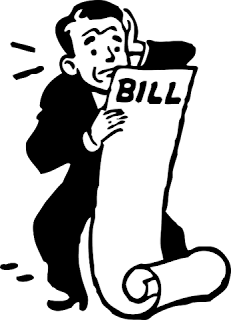Why Does a Motor Consume More Current Than a Heater? Understanding Power Factor
Why does a 2 HP motor (around 1.5 kW) consume more than 6 amps, while a 1.5 kW heater consumes almost the same amount of current? The answer to this question lies in the concept of power factor. Power factor is a measure of how effectively electrical power is being used. It is defined as the ratio of the real power (measured in watts) to the apparent power (measured in volt-amperes or VA). The real power is the actual power that is being used to do work, such as turning a motor or heating an element. The apparent power is the total power that is being delivered to the load, including both the real power and the reactive power (measured in VAR). The reactive power is the power that is required to maintain the magnetic fields in the load, such as the motor's windings or the heater's coil. In general, the power factor of a load can be either leading or lagging, depending on whether the load is capacitive or inductive. A capacitive load, such as a bank of capacitors, has a leading ...

